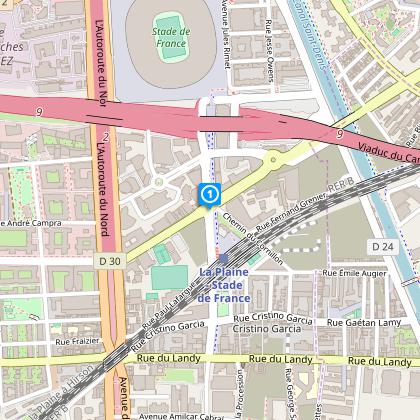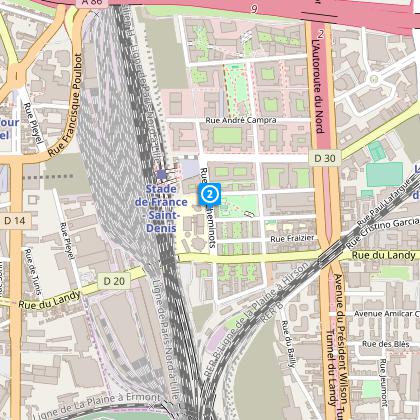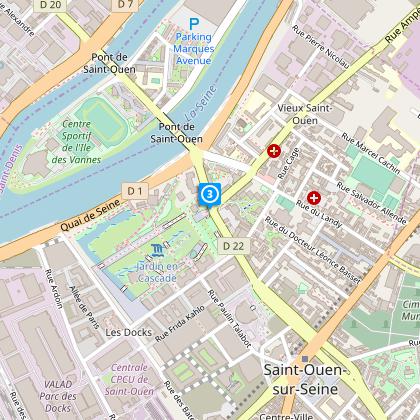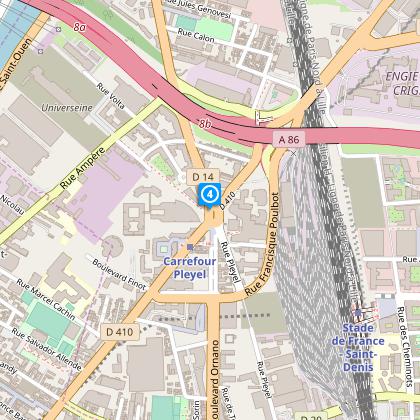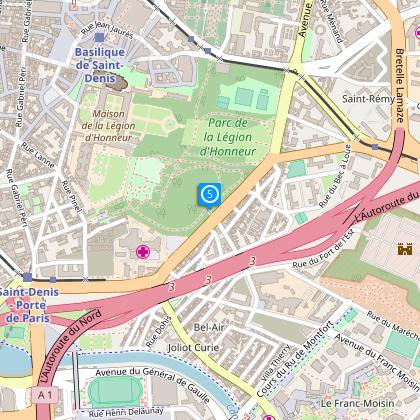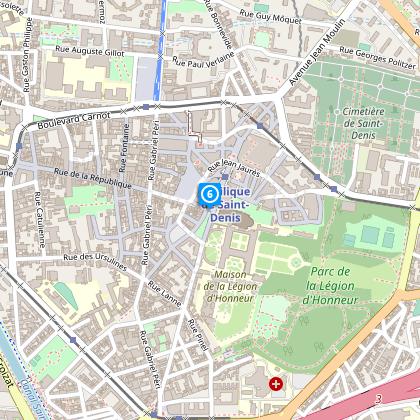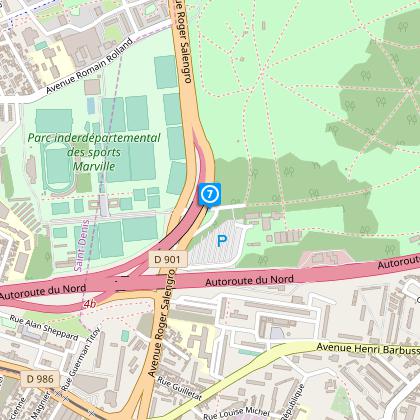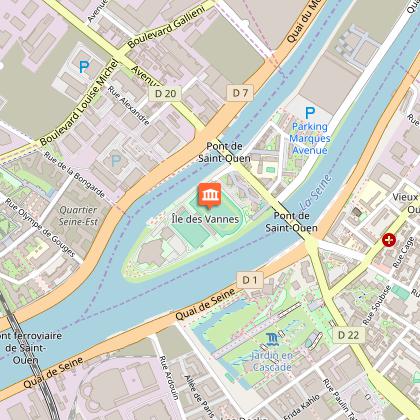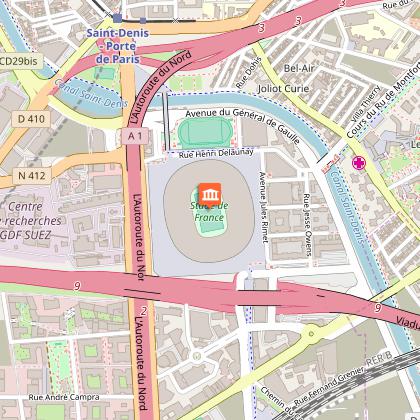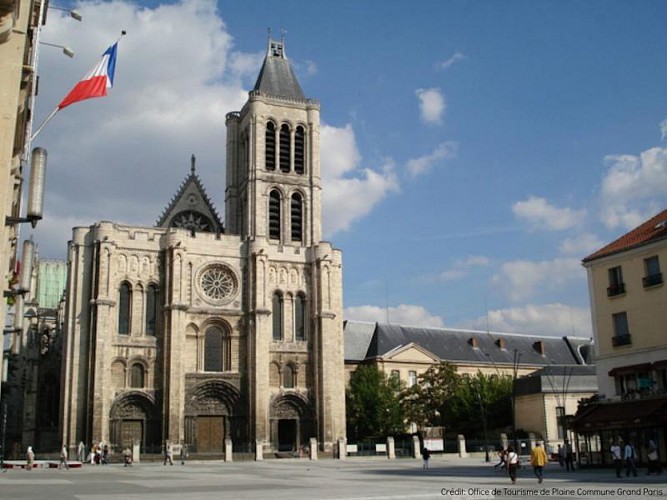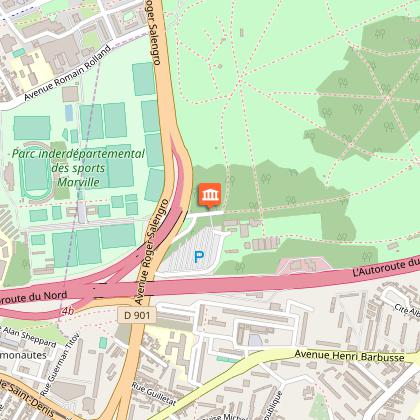Alerta
Alertas
24 km para la Edición 2024 de 2018: carreras de 18 km.
El resumen de Cirkwi
Embarcarse en un recorrido de 18 km a través del corazón y el alma de los esperados sitios olímpicos de París 2024 puede inspirar incluso a los espíritus más sedentarios. Elaborado diligentemente por FFRandonnee Seine-Saint-Denis, este recorrido no es solo una caminata; es un pasaje a través del tiempo y la ambición, que une el presente con la futura gloria del deporte. Pasea por Saint-Ouen, maravíllate con la obra maestra arquitectónica de l'Île des Vannes y respira los espacios abiertos del parque Georges-Valbon. Es una invitación a experimentar las riquezas medioambientales e históricas, mientras caminas ligeramente sobre el mismo suelo que pronto albergará a campeones mundiales.
Descripción Técnica de la Ruta
Extendiéndose a lo largo de una distancia total de 18.15 km, este recorrido meticulosamente diseñado atraviesa terrenos diversos, alcanzando una elevación máxima de 61 metros y descendiendo hasta 24 metros en su punto más bajo. La ruta presenta una subida equilibrada, con un cambio total de elevación positiva y negativa de 55 metros cada una, requiriendo un nivel moderado de condición física. El viaje no solo desafía al cuerpo, sino que también brinda una perspectiva única sobre los futuros lugares olímpicos y paralímpicos, ofreciendo una mezcla de vistas urbanas y naturales.
Consejos Estacionales para los Viajeros
Independientemente de la estación, este recorrido ofrece encanto y desafíos únicos. En primavera, disfruta de la vegetación renovada y del clima templado, ideal para largas caminatas. El verano trae días más largos, perfectos para explorar; sin embargo, la hidratación y la protección solar son esenciales. Las temperaturas suaves del otoño y el cambio de follaje ofrecen vistas espectaculares, mientras que en invierno, el camino requiere más precaución debido a posibles parches de hielo. Siempre usa zapatos cómodos para caminar y verifica el pronóstico del tiempo antes de salir para asegurarte una experiencia segura y placentera.
Un Viaje a Través de la Historia
Comenzando en la históricamente rica comuna de Saint-Denis, este itinerario no solo teleporta a los participantes a los futuros sitios olímpicos, sino que también atraviesa tierras impregnadas de historia. Saint-Denis, hogar de la famosa Basílica donde están enterrados los reyes franceses, es un testimonio del pasado regio de Francia. La Île-Saint-Denis, con su innovador complejo deportivo, representa un símbolo de transformación y modernidad. Este viaje no es solo un desafío físico, sino un paso a través de las capas del rico tapiz cultural e histórico de Francia, marcando la importancia de la región en la formación de la identidad de la nación.
Guía del Clima para el Explorador
La región experimenta un clima templado, caracterizado por inviernos suaves y veranos cálidos. Las lluvias se distribuyen de manera equitativa a lo largo del año, con leves picos en primavera y otoño. Para disfrutar del viaje más agradable, apunta a fines de primavera hasta principios del otoño, cuando las temperaturas sean cómodas para largas caminatas y las posibilidades de lluvia disminuyan. Independientemente de la estación, siempre prepárate para posibles cambios repentinos en el clima y lleva el equipo adecuado para garantizar una exploración memorable y placentera en este camino hacia los Juegos Olímpicos de 2024.
IGN tarjetas
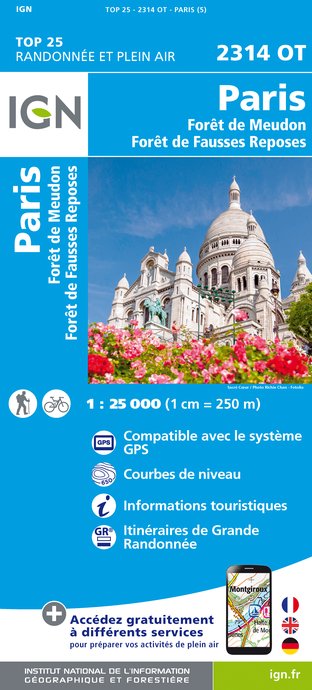











Informaciónes técnicas
Perfil altimétrico
Punto de partida
Pasos
Puntos de interés
Autor de los datos

